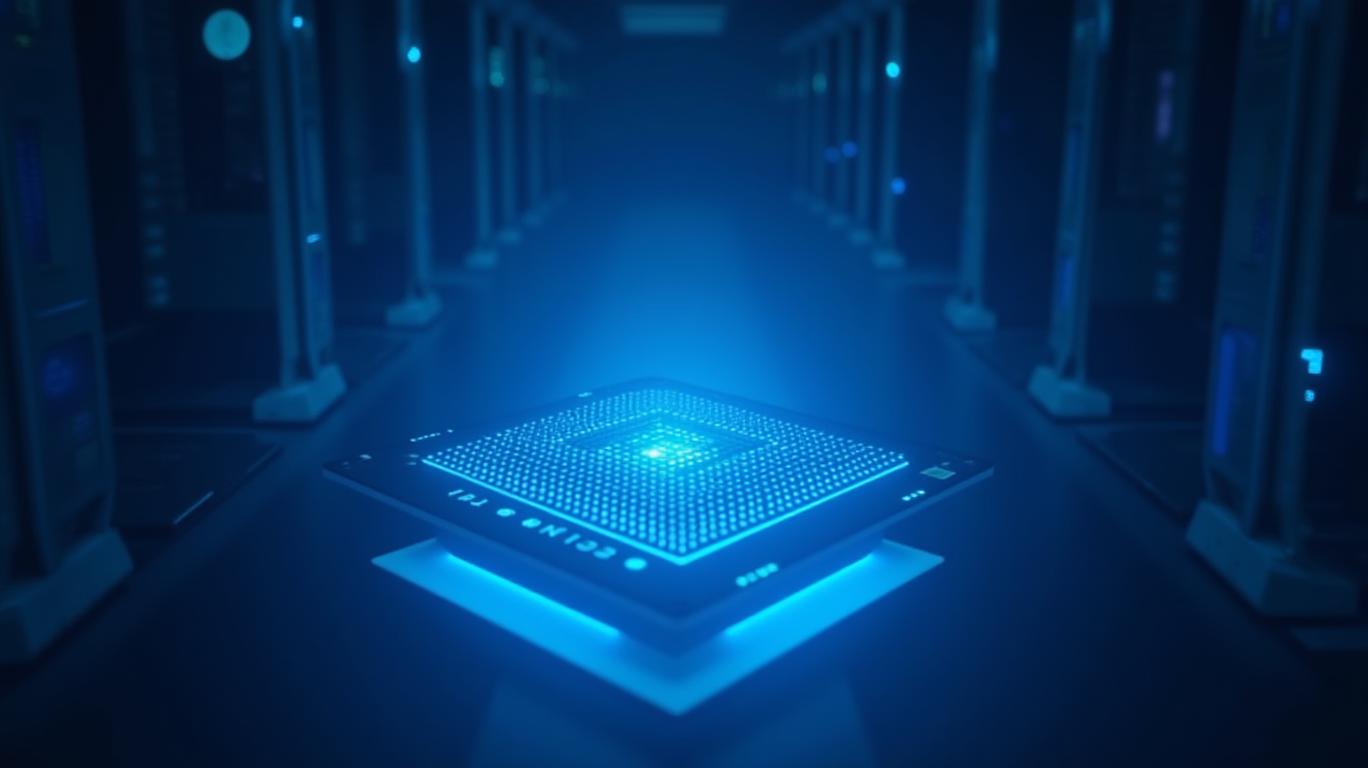Nvidia's Strategic Resilience: Navigating Geopolitical Crosswinds to AI Dominance
The U.S.-China trade war has dealt a sharp blow to Nvidia's near-term prospects, with export restrictions slashing sales in the world's fastest-growing AI market. Yet, beneath the headline losses lies a story of strategic reinvention. As the semiconductor giant pivots to the Middle East and doubles down on its AI infrastructure leadership, investors face a rare opportunity to buy a tech titan at a discount—before its long-term growth trajectory accelerates.
The Near-Term China Conundrum: Pain, Adaptation, and Unintended Pathways
The U.S. export controls on advanced chips have created a $10.5 billion revenue crater for
over two quarters, with China's share of its business dropping to 12.5%. The ban on H20 chips, designed to comply with earlier restrictions, has crippled its data center sales in the region. CEO Jensen Huang's warning—that the $50 billion Chinese AI market is now “effectively closed”—underscores the severity.But the crisis has spurred innovation. Nvidia's proposed low-power RTX PRO 6000 chip, using GDDR7 memory, aims to navigate export rules while retaining performance. Meanwhile, Chinese buyers are exploiting loopholes: Singapore, now Nvidia's second-largest market, is becoming a smuggling hub, with analysts estimating 20-40% of its sales there linked to Chinese firms. This gray-market demand suggests latent resilience in its China footprint—even as official channels shrink.
The Middle East Pivot: A New Frontier for AI Supremacy
While China's doors close, the Middle East is opening. Nvidia's $3.4 billion deal with Saudi Arabia's Humain—a 18,000-chip order for a 500MW AI data center—is a masterstroke. The UAE's potential million-chip deal, part of its Stargate initiative with OpenAI and Cisco, promises to cement its role in the region's AI infrastructure boom. These partnerships, aligned with Vision 2030 and UAE 2030 plans, are not just revenue streams—they're geopolitical footholds.
The data speaks plainly: Middle Eastern projects contributed to a 73% year-over-year jump in data center revenue to $39.1 billion in Q1 2025. Even with China's losses, Nvidia's global AI infrastructure strategy is working. As Bank of America analysts note, these deals position the company to capture a “multitrillion-dollar AI factory” across emerging markets.

The Blackwell Chip: A Strategic Masterstroke
At the heart of this pivot is the GB300 Blackwell, a chip designed to power the next era of AI inference workloads. Its role in Saudi Arabia's 500MW project and Taiwan's quantum supercomputer initiatives highlights its versatility. Unlike the H20, Blackwell is engineered to dominate in high-demand inference tasks, which are growing at a 10x annual clip.
This focus on inference—where Nvidia holds a near-monopoly—buffers it against rivals like Huawei. Even as China's AI sector turns to domestic suppliers, the global inference market remains Nvidia's to lose. The Blackwell's scalability and efficiency ensure that, regardless of trade winds, it will anchor the company's dominance in the $500 billion AI hardware race.
Why Now is the Time to Buy
Nvidia's Q1 results—$44.1 billion in revenue, exceeding expectations—prove its ability to pivot. The inventory write-downs were smaller than feared, and smuggling mitigates China's impact. The stock's dip following Q2's $8 billion loss forecast is a buying opportunity:
- Global AI Demand is Unstoppable: From Singapore to Saudi Arabia, enterprises are racing to build AI infrastructure.
- Middle Eastern Partnerships are High-Margin, Long-Term Contracts: The Humain deal alone secures years of revenue.
- Innovation Outpaces Competitors: Blackwell's performance and the R&D pipeline leave rivals scrambling to catch up.
The data is clear: . Despite near-term turbulence, the stock's trajectory aligns with its structural growth drivers.
Conclusion: Betting on the AI Architect
Nvidia's short-term pain in China is a catalyst for long-term gain. Its Middle East pivot, Blackwell's potential, and the unshakable demand for AI infrastructure position it to dominate a $10 trillion economy by 2030. For investors, the current dip is a rare entry point into a company that's rewriting the rules of the digital age.
The trade war may have created headwinds—but it's also cleared the runway for takeoff. Buy now, and hold for the AI boom. Historically, this strategy has proven effective: from 2018 to 2025, buying NVIDIA on the day of positive quarterly earnings announcements and holding for 60 trading days generated an average return of 69.46%, with a maximum drawdown of 12.5% and a Sharpe ratio of 0.82, demonstrating strong risk-adjusted performance.
Investors should consider geopolitical risks and market volatility before making decisions. Past performance does not guarantee future results.

Comments
No comments yet